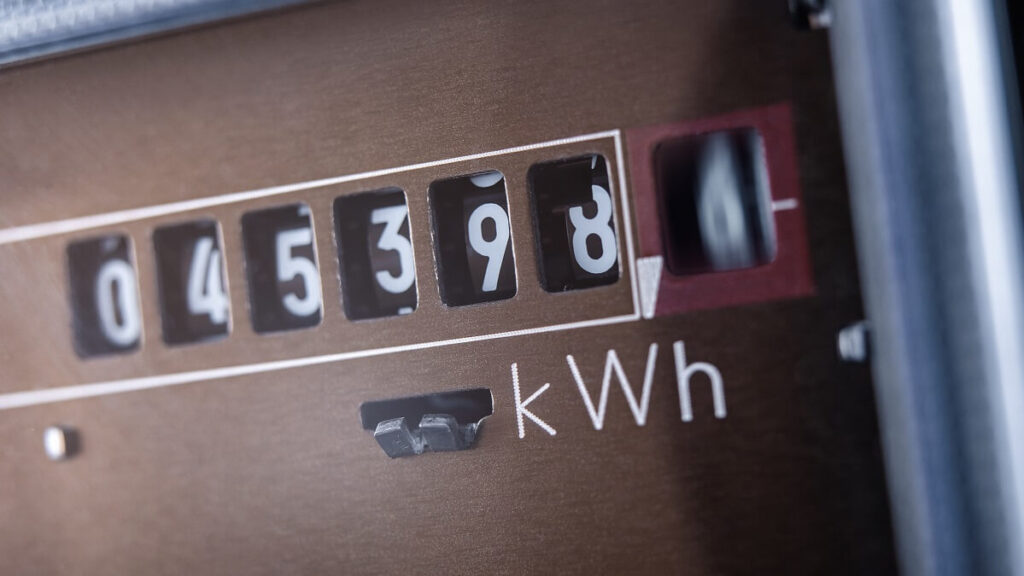Electricity bills in parts of Australia are set to rise by as much as 25 per cent in the coming months – and the regulator says it could have been much worse.
The Australian Energy Regulator (AER) has now released its final determination for the 2023–24 Default Market Offer (DMO).
The DMO sets the baseline for what energy retailers in New South Wales, South-East Queensland, South Australia, Tasmania and the ACT can charge. It provides a default offer for all retailers in areas where there is no other relevant retail price regulation.
From 1 July 2023, residential customers on standard retail plans will see price increases of 20.8 per cent to 23.9 per cent without controlled load, depending on their region, and between 19.6 per cent to 24.9 per cent with controlled load, depending on their region.
These figures vary slightly from the draft revealed in March, higher in some regions and lower in others, with wholesale energy costs continuing to be the predominant driver of increased retail electricity prices.
Clare Savage, chair of the AER, says in making its carefully balanced decision, the regulator considered not only the cost-of-living pressures faced by households, but also the need for retailers to recover reasonable costs.
“We know households and small businesses continue to face cost-of-living pressures on many fronts, and that’s why it’s important the DMO provides a safety net for those who might not have shopped around for a better power deal,” she says.
“In setting the DMO price this year, we have sought to protect consumers from unjustifiably high prices and at the same time allow retailers to offer consumers better deals than their standard plans,” she says.
“No-one wants to see rising prices, and we recognise this is a difficult time.”
But she says the price rises would be significantly higher if it was not for the federal government intervening in the coal and gas markets.
“When we were looking at the price, what the prices could have been last September, October, we were estimating between about 35 and 50 per cent,” she told the ABC.
“What we’re seeing [instead] is the sort of contracts that retailers buy for the coming financial year have fallen quite a bit since intervention in the coal and gas markets in October last year.”
What about the other states and territories?
Energy retailers in Victoria, Western Australia, the Northern Territory and the rest of Queensland are not subject the DMO or the AER’s authority.
Victoria has its own regulator, the Victorian Energy Regulator (VER), which sets its own default offer. But if Victorians were hoping for an easier run with their bills, they’re out of luck – the VER just announced a 25 per cent increase to the rate.
WA doesn’t have a specific regulator for energy prices, rather prices are set by contributions from three regulators – Energy Policy WA, the Economic Regulation Authority and the Energy Ombudsman.
Similarly, in the NT, electricity prices are governed by the Utilities Commission and the Ombudsman NT.
Are you worried about rising power prices? Have you tried looking for a better deal? Let us know in the comments section below.
Also read: How the electricity bill relief payment works in your state

